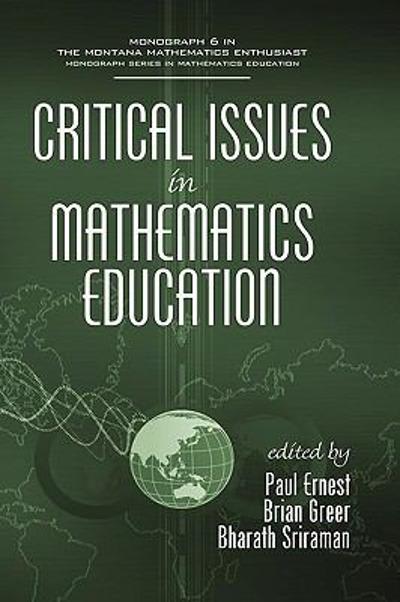Question
6.8.3: Detecting a biased coin. A gambler has a coin which is either fair (equal probability heads or tails) or is biased with a probability
6.8.3: Detecting a biased coin.
A gambler has a coin which is either fair (equal probability heads or tails) or is biased with a probability of heads equal to 0.3. Without knowing which coin he is using, you ask him to flip the coin 10 times. If the number of heads is at least 4, you conclude that the coin is fair. If the number of heads is less than 4, you conclude that the coin is biased.
(a) What is the probability you reach an incorrect conclusion if the coin is fair?
(b) What is the probability that you reach an incorrect conclusion if the coin is biased?
Step by Step Solution
There are 3 Steps involved in it
Step: 1

Get Instant Access to Expert-Tailored Solutions
See step-by-step solutions with expert insights and AI powered tools for academic success
Step: 2

Step: 3

Ace Your Homework with AI
Get the answers you need in no time with our AI-driven, step-by-step assistance
Get Started


